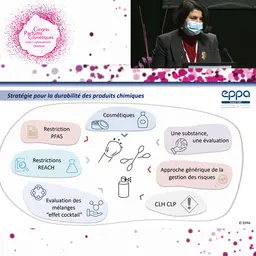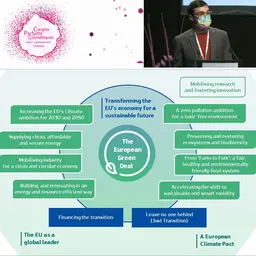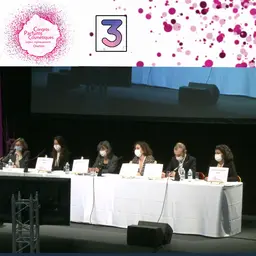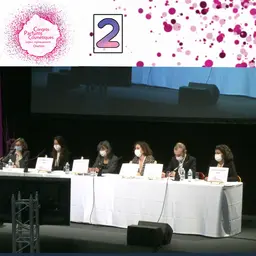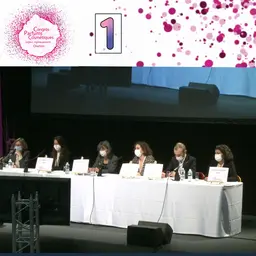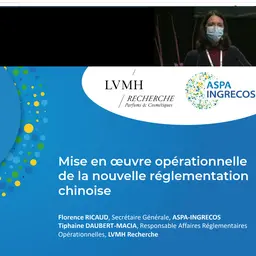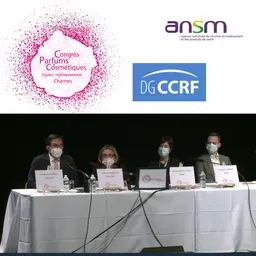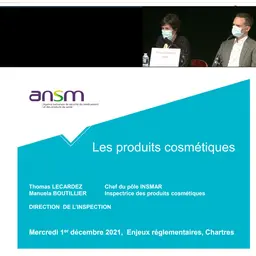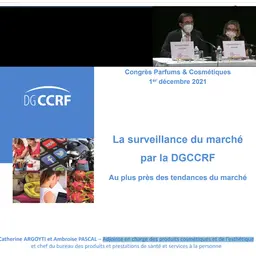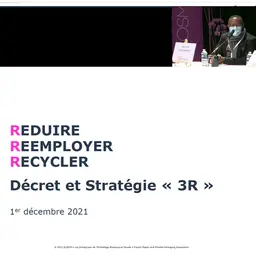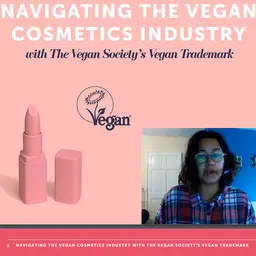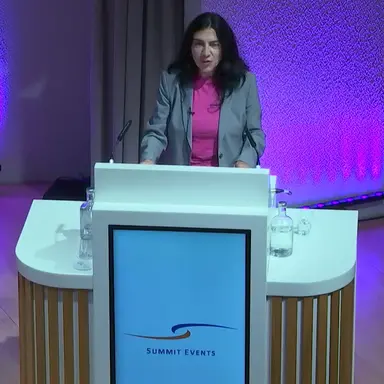
In a country where legal action is easily taken (both by consumers through class actions and by competitors), it is particularly important to understand what you can say and do (or not do), especially when it comes to the sensitive sector of anti-ageing cosmetics. At the Anti-Ageing Skin Care Conference 2024, Annie Ugurlayan, on behalf of the advertising self-regulatory body, presented the key trends of the moment… and the pitfalls to be avoided.
Annie Ugurlayan is a member of the NAD (National Advertising Division) of BBB National Programs, an independent organization that oversees more than a dozen national industry self-regulatory programs.
“Industry self-regulation of advertising began 53 years ago in the United States,” she recalled, “under the threat of the FTC (Federal Trade Commission, a government agency whose main mission is to enforce consumer law and control anti-competitive business practices) taking over in this area”.
The NAD’s mission today is to verify the truthfulness and relevance of claims made in advertising, particularly in the cosmetics sector.
Of the hundred or so cases handled each year in all sectors, around 20% are self-monitoring cases, with the challenge coming from reports from competitors. But when it comes to anti-ageing claims, most cases are dealt with under self-regulation: “Companies don’t want to attack each other in this area,” explained Annie Ugurlayan, “essentially because they’re all making similar claims!”
She sees four major trends emerging in the world of anti-ageing cosmetics advertising.
Clean Beauty
In this rapidly expanding multi-billion dollar market, there is no shortage of claims, certifications, labels and logos of all kinds “It’s a bit like the new ‘Natural’”, Annie Ugurlayan remarked.
But the problem …

